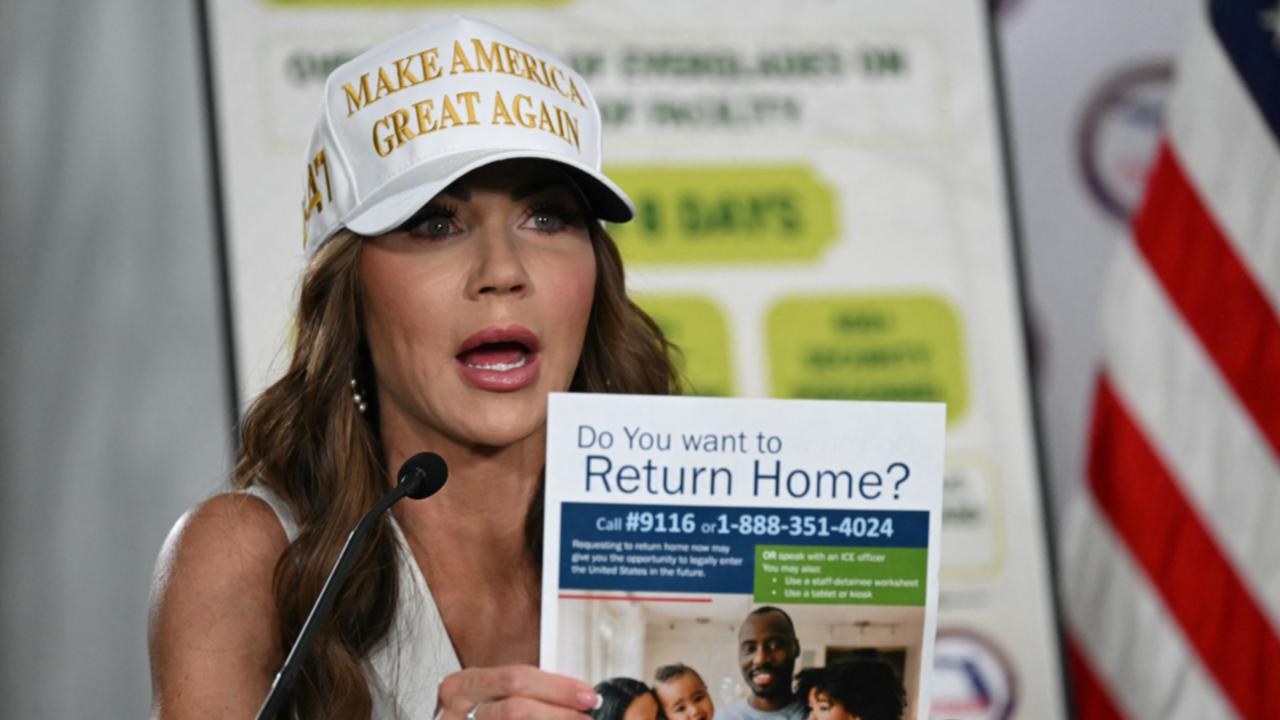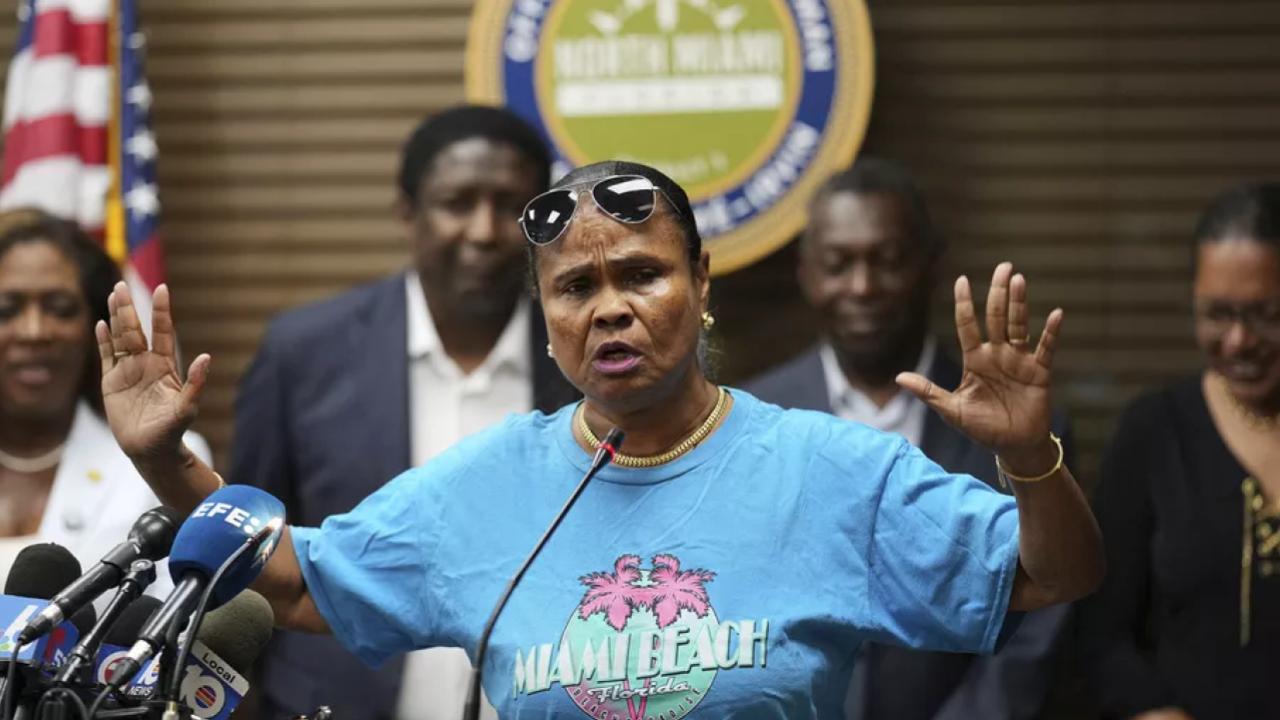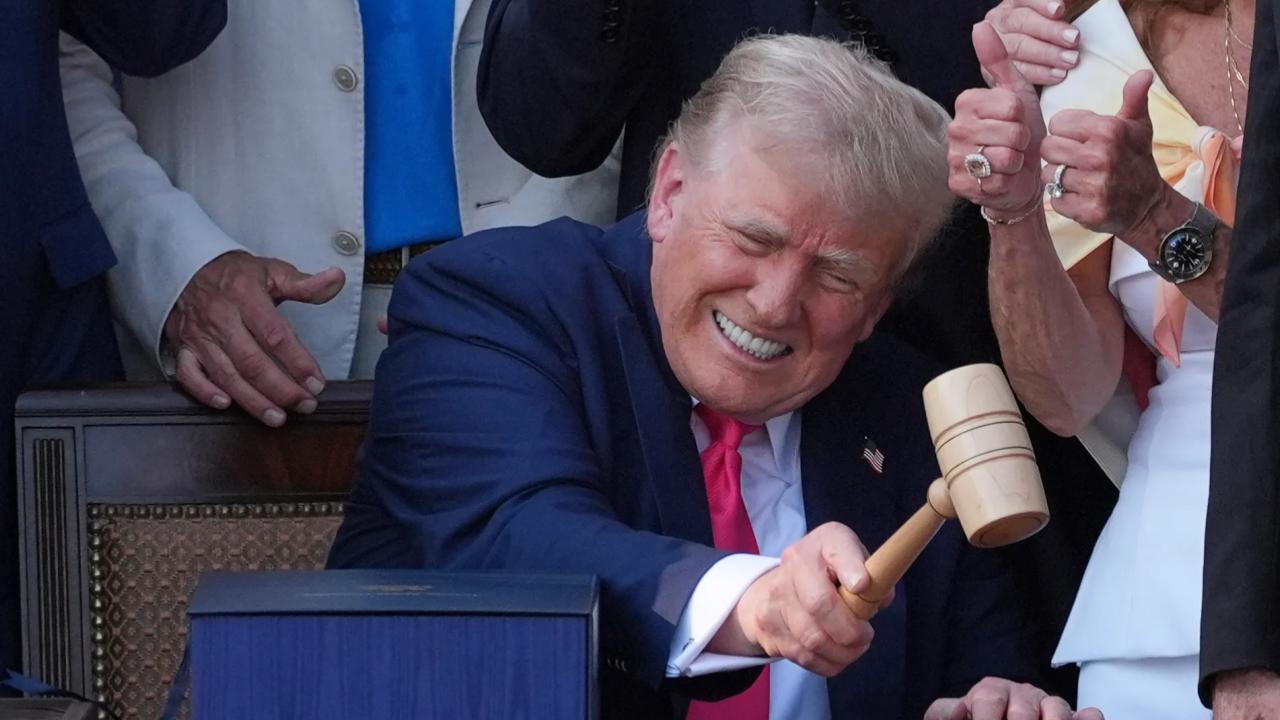Trump’s Medicaid cuts loom large over rural America, threatening hospital closures, deep coverage losses, and cascading impacts on vulnerable communities. This article breaks down who’s in the crosshairs—and why the consequences may be dire.
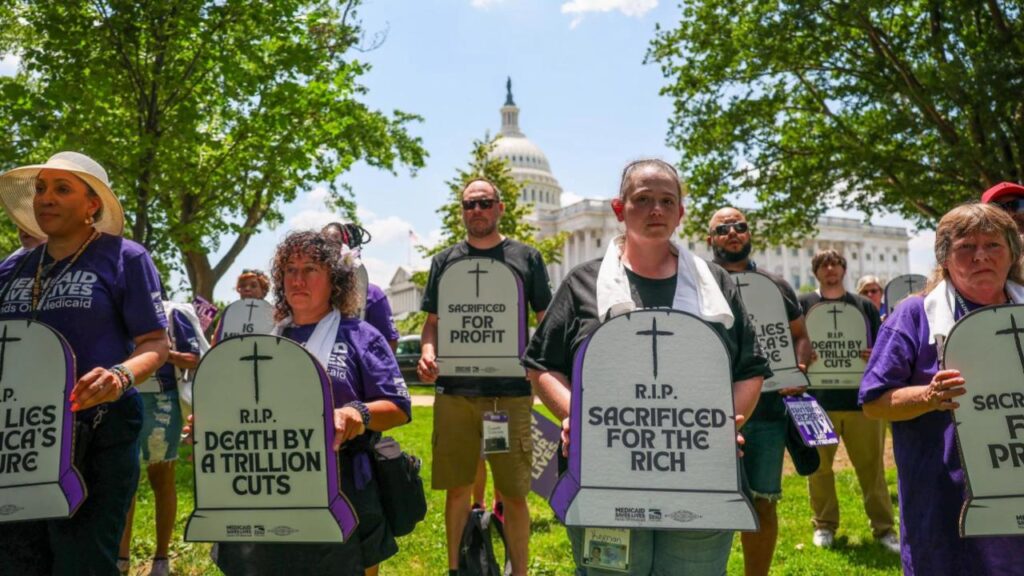
Trump’s Medicaid Cuts Are About to Devastate Rural America
| Key Insight | Stat & Source |
|---|---|
| ~$1 trillion Medicaid cut over 10 years | CBO & Center for American Progress |
| 55+ additional rural hospitals likely to run in the red | Families USA |
| 190 rural inpatient hospitals at immediate risk | American Progress |
Why This Hits Rural Areas First
Medicaid isn’t just health coverage out here—it’s the economic engine that keeps many rural hospitals alive. Half of rural residents rely on it. And hospitals in those areas depend heavily on federal reimbursements through Medicaid expansion programs.
Trump’s budget plan, packed into his “Big Beautiful Bill,” slices Medicaid by about $1 trillion over the next decade. That could gut federal payments to hospitals that already teeter on the financial edge. Analysts say up to 55 more rural hospitals across 26 states could dip into the red, on top of 380 already at risk. That’s roughly $630,000 per hospital in lost revenue.
The American Hospital Association warns this could strip $50 billion from rural facilities in ten years. And more than 1.8 million rural residents could lose coverage.
Who Suffers Most—and Why
1. Low-Income Families & Seniors
Rural regions often skew older and poorer. Many residents suffer from chronic conditions like diabetes or heart disease. In Virginia, nearly 40% of rural kids and 20% of adults under 65 depend on Medicaid. Cuts would force them to delay care or skip it altogether.
2. Pregnant Women & Children
Rural areas have already lost nearly 300 obstetric units since 2011. Medicaid pays for half of all U.S. births. Without it, prenatal care gaps widen and birth complications rise. It’s especially dangerous in places where the next delivery ward is over an hour away.
3. Rural Hospitals
About 46% of rural hospitals already operate at a loss. Many are safety-net providers, where Medicaid makes up a massive chunk of income. If federal support dries up, closures aren’t just likely—they’re imminent.
4. Emergency and Specialty Care
Hospital closures don’t just eliminate beds. They wipe out ERs, cancer clinics, and urgent care. That means longer drives for rural residents—and worse outcomes when seconds matter.
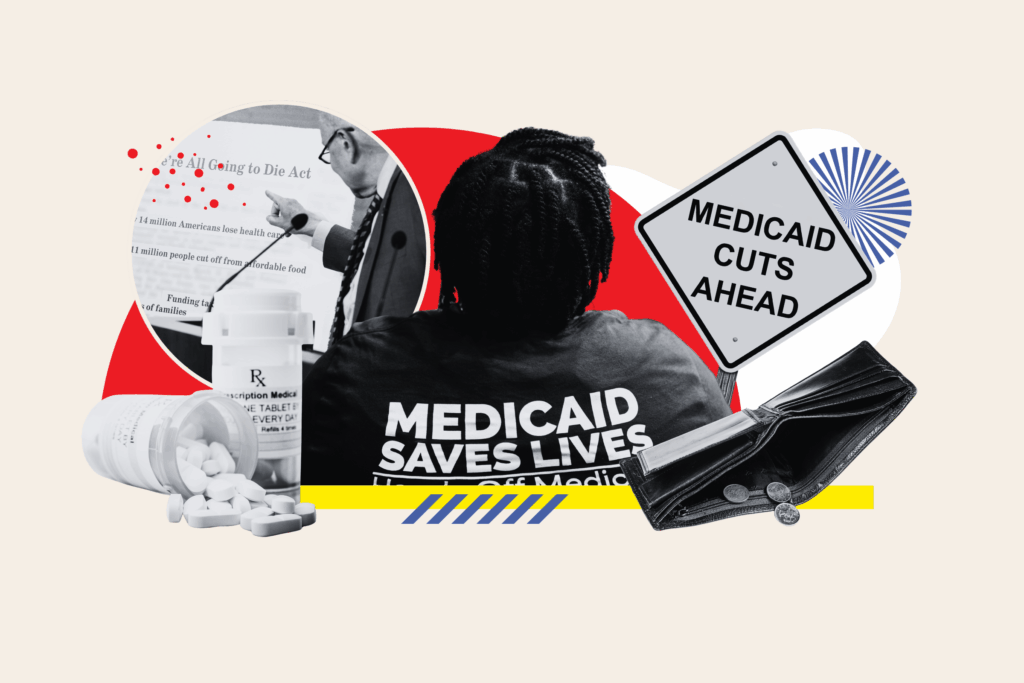
On the Ground: Voices from Rural America
In North Carolina, Laurie Stradley from Impact Health called the looming cuts a “slow disaster.” She said her team, still helping storm-battered residents from Hurricane Helene, may have to turn folks away.
Over in East Texas, local clinics are bracing for 300,000 people to lose Medicaid. That’s alongside a $285 billion double-whammy hit from Medicaid and food stamp reductions.
What Lawmakers Are Doing (And Not Doing)
Trump’s bill pairs Medicaid cuts with $1 trillion in tax breaks, mostly for the wealthy. It squeaked through the Senate July 1, despite vocal opposition from GOP senators in rural-heavy states like North Carolina, Maine, and Kentucky.
Though the bill includes $50 billion in rural grants, experts say that’s not nearly enough to counterbalance the deep federal losses. It now heads to the House, where a close vote could happen any day.
Solutions That Could Cushion the Blow
- Boost federal match rates (FMAP) for rural providers.
- Add hardship exemptions to Medicaid work rules.
- Expand telehealth, mobile clinics, and safety-net funding.
Some states may try Section 1115 waivers to protect access. But state budgets can’t fill a trillion-dollar hole alone. Washington’s next moves will determine whether rural care collapses or limps forward.
What’s Next & How You Can Help
- Watch the House vote. It could happen this week.
- Call your reps. Tell them to protect Medicaid funding.
- Donate or volunteer. Support local health nonprofits and clinics.
Rural America isn’t a footnote in this debate. It’s the frontline. If we let these cuts go through, the safety net won’t just tear—it’ll snap.
FAQs
Who will lose Medicaid coverage?
Primarily rural seniors, low-income adults, pregnant women, children, and people with disabilities.
How many hospitals are threatened?
Over 55 more could tip into insolvency, adding to the 380 already at risk.
Will rural residents have to travel farther for care?
Yes. Many will drive 30-60 minutes or more to reach emergency or OB services.

